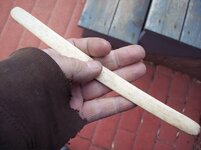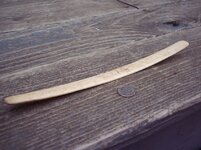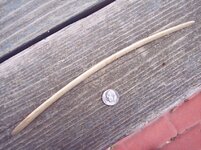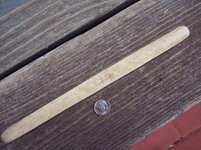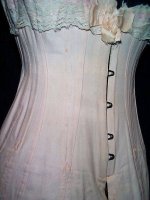larson1951
Silver Member
found a few yrs ago
I think this was made to make pottery
for smoothing the inside and outside of large basket ball sized pots made of clay in the traditional upper mid west style
this piece has a really nice polish to it, I mean very shiny
anybody else find anything like this before
I think this was made to make pottery
for smoothing the inside and outside of large basket ball sized pots made of clay in the traditional upper mid west style
this piece has a really nice polish to it, I mean very shiny
anybody else find anything like this before

Amazon Forum Fav 👍
Attachments
Upvote
0


